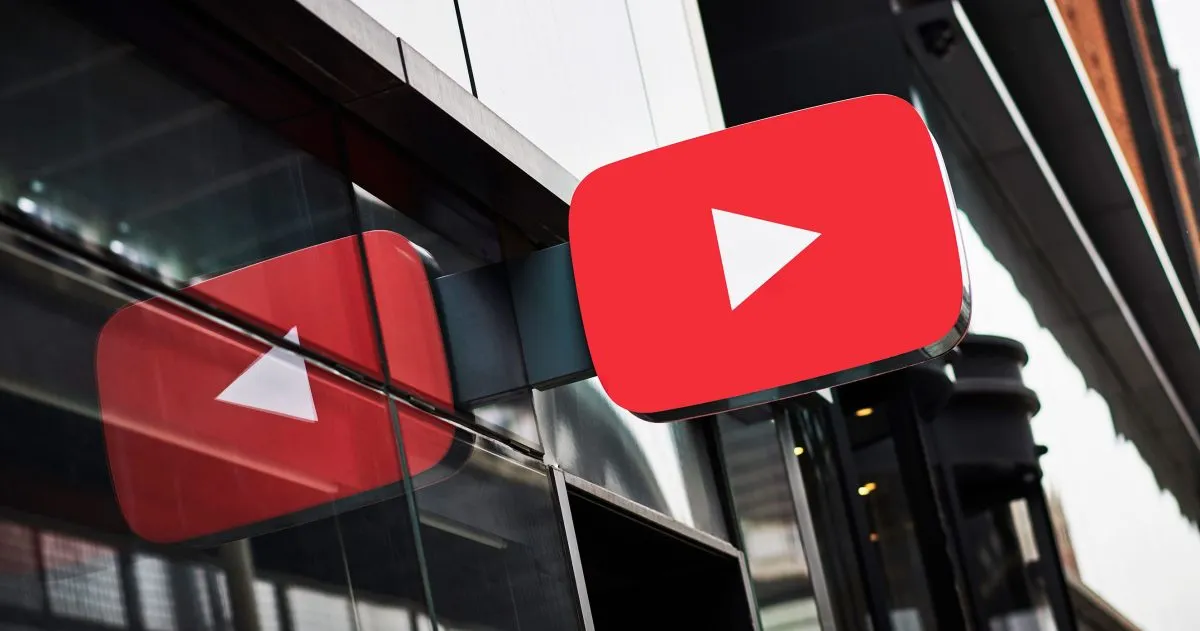
On Tuesday, YouTube announced the official rollout of its innovative likeness-detection technology to creators participating in the YouTube Partner Program. This follows a successful pilot phase aimed at refining the tool for broader use. The new technology empowers creators to request the removal of AI-generated content that utilizes their likeness, such as their face and voice, without permission.
A spokesperson from YouTube informed TechCrunch that this is just the first wave of the rollout, and eligible creators received notification emails earlier today. The detection technology is designed to identify and manage AI-generated content that features the likeness of creators. This proactive measure aims to prevent the misuse of creators' likenesses, which could otherwise endorse products and services without their consent or contribute to the spread of misinformation.
The necessity for such technology has become increasingly apparent, as there have been numerous instances of AI likeness misuse in recent years. For example, the tech company Elecrow faced backlash after using an AI clone of YouTuber Jeff Geerling’s voice to promote its products without his approval. This highlights the urgent need for tools that can protect creators from unauthorized and potentially damaging uses of their identities.
YouTube has shared detailed instructions on its Creator Insider channel regarding how creators can utilize this groundbreaking technology. To begin the onboarding process, creators must navigate to the “Likeness” tab on their YouTube dashboard. They will need to consent to data processing and then use their smartphone to scan a QR code displayed on the screen. This action directs them to a web page for identity verification, which requires a photo ID and a brief selfie video.
Once YouTube grants access to the likeness-detection tool, creators will have the ability to view all detected videos that utilize their likeness. They can then submit a removal request in compliance with YouTube’s privacy guidelines or opt for a copyright request. Additionally, there is an option to archive the video for future reference.
Importantly, creators retain full control over their participation in this program. They can choose to opt out of using the technology at any time, with YouTube ceasing to scan for videos featuring their likeness 24 hours after the opt-out request is made. This flexibility ensures that creators have the necessary control over their digital identities.
This likeness-detection technology has been in pilot mode since earlier this year, with YouTube initially announcing its partnership with Creative Artists Agency (CAA) last year. This collaboration aims to assist celebrities, athletes, and creators in identifying unauthorized content on the platform that uses their AI-generated likeness. As the technology officially rolls out, it marks a significant step forward in protecting creators' rights in the digital space.